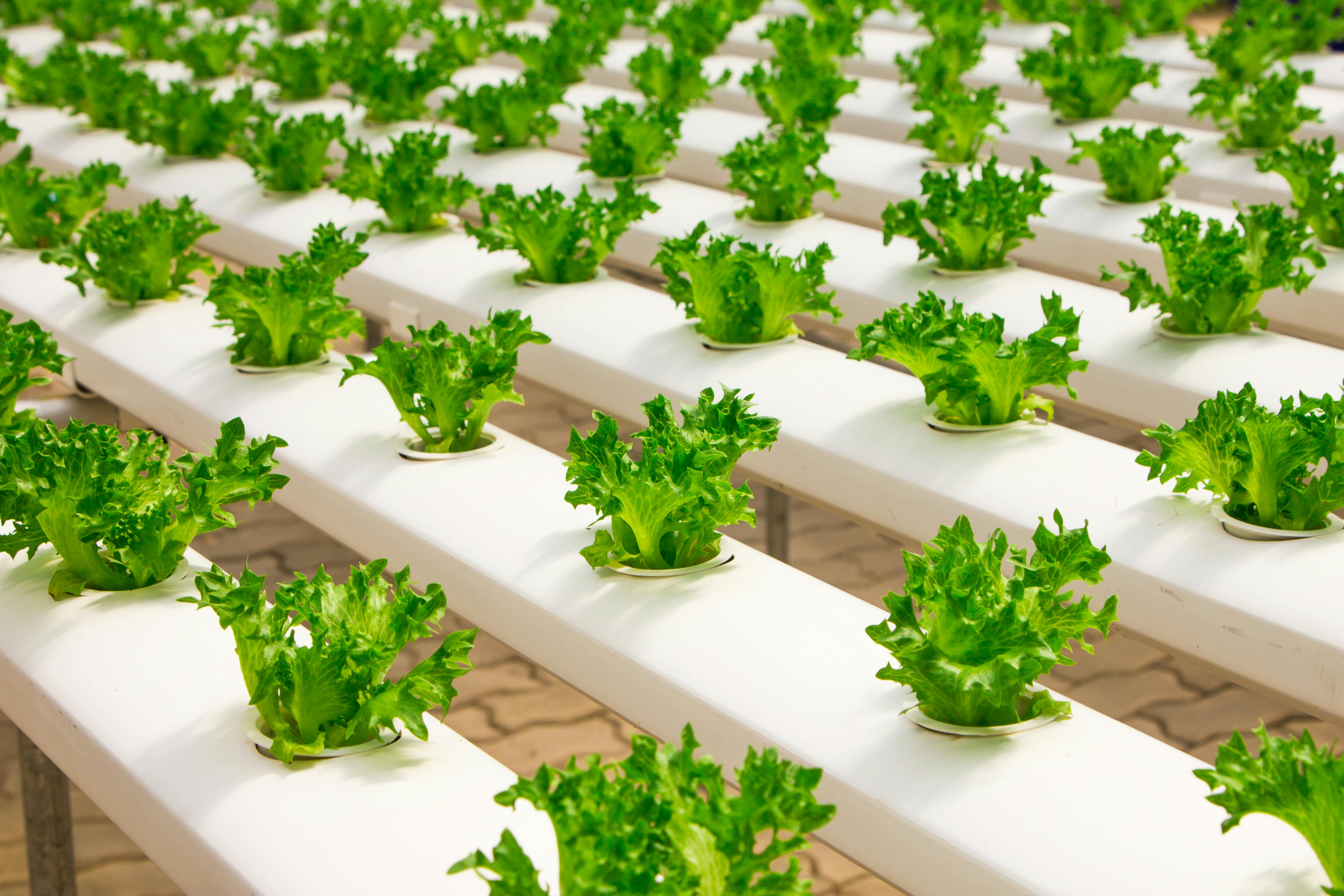The Ultimate Guide to Starting Your Own Greenhouse: A Comprehensive Overview
A greenhouse is more than just a structure for growing plants - it's a gateway to year-round gardening, sustainable living, and personal satisfaction. Whether you're a seasoned gardener or just beginning your journey, understanding the fundamentals of greenhouse gardening can help you create an optimal growing environment for your plants while maximizing your investment.

Essential Greenhouse Equipment and Systems
A productive greenhouse requires proper environmental control systems. Key components include ventilation systems for temperature regulation, irrigation equipment for consistent watering, and supplemental lighting for darker months. Automated climate control systems can maintain optimal growing conditions, though manual alternatives are available for budget-conscious gardeners.
Creating the Perfect Growing Environment
Maintaining ideal growing conditions is crucial for greenhouse success. Temperature should typically range between 65-75°F (18-24°C) during the day and slightly cooler at night. Humidity levels should be kept between 50-70% for most plants. Proper air circulation helps prevent disease and strengthens plant stems.
Financial Considerations and Setup Costs
The cost of establishing a greenhouse varies significantly based on size, materials, and features. Here’s a breakdown of typical expenses:
| Greenhouse Type | Basic Cost Range | Additional Setup Costs |
|---|---|---|
| Hobby Greenhouse (8x10ft) | $1,000-$3,000 | $500-$1,000 |
| Medium Structure (12x24ft) | $5,000-$10,000 | $1,500-$3,000 |
| Professional Grade (30x96ft) | $25,000-$35,000 | $5,000-$10,000 |
Prices, rates, or cost estimates mentioned in this article are based on the latest available information but may change over time. Independent research is advised before making financial decisions.
Managing Your Greenhouse Garden
Success in greenhouse gardening requires consistent maintenance and attention. Develop a regular schedule for watering, fertilizing, and pest monitoring. Consider using organic growing methods to maintain a healthy environment and produce clean, sustainable crops. Implement crop rotation and companion planting to maximize space efficiency and plant health.
Planning for Year-Round Production
One of the greatest advantages of greenhouse gardening is the ability to grow plants year-round. Create a planting calendar that accounts for seasonal changes and local climate patterns. Start cool-season crops in late summer for fall/winter harvest, and begin warm-season plants in late winter for spring/summer production. This approach ensures continuous harvests and maximizes your greenhouse investment.
A greenhouse represents a significant but rewarding investment for any gardening enthusiast. With proper planning, maintenance, and management, it can provide years of productive growing space and the satisfaction of harvesting fresh produce throughout the year. Consider your specific needs, budget, and growing goals when planning your greenhouse project to ensure the best possible outcome.






